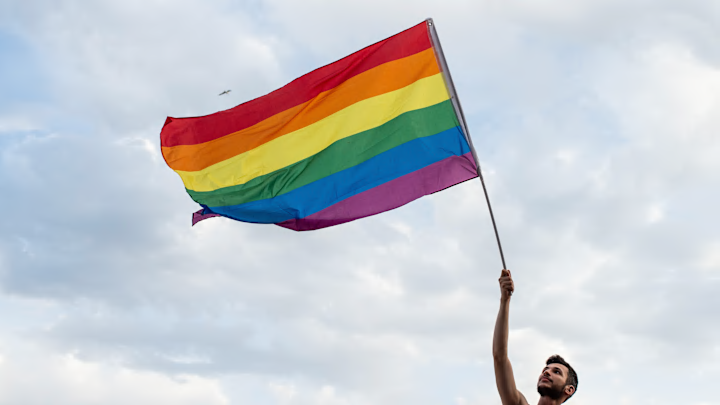June is celebrated globally as Pride Month, a time dedicated to honoring and amplifying the voices of the LGBTQIA+ community.
This month-long celebration, aptly named “Pride,” is rooted in the advocacy for LGBTQIA+ rights and serves to reinforce the community’s visibility and self-affirmation. But how did this significant celebration begin?
Pride Month’s origins can be traced back to a pivotal event on June 28, 1969. On this day, the Stonewall Riots erupted in New York City, marking a critical moment in LGBTQIA+ history. The Stonewall Inn, located in Greenwich Village, Manhattan, was a sanctuary for the city’s LGBTQIA+ individuals. However, during this era, homosexual acts were criminalized in nearly every U.S. state, and police raids on gay bars were commonplace.
On that fateful night, a routine police raid at the Stonewall Inn sparked an unprecedented response from the community. Instead of submitting to the harassment and arrests, the patrons and residents fought back. This defiance ignited days of protests and clashes, symbolizing a collective stand against systemic oppression and discrimination.
June is LGBTQ+ Pride Month!
— U.S. Coast Guard (@USCG) June 1, 2024
It’s a reflection on LGBTQ+ history, resilience, and progress. This month, and every month, the USCG stands in solidarity for the inclusivity and acceptance of all our shipmates!#EqualityForAll #equality #Pride #pridemonth pic.twitter.com/D3JQsnDxxN
Why is Pride Month Celebrated in June?
The Stonewall Riots are commemorated annually on June 28th, which has been designated as International LGBTQ+ Pride Day. This date serves as a reminder of the community’s struggle for equality and rights. Consequently, June was chosen as Pride Month to honor the bravery and activism demonstrated during the Stonewall Riots.
The Evolution of Pride Month
Pride Month has evolved from its protest origins to become a vibrant and diverse celebration. The first Pride March, known as the Christopher Street Liberation Day March, took place on June 28, 1970, exactly one year after the riots. Activists in New York City marched from Christopher Street to Central Park, covering 51 blocks, in a powerful display of solidarity and liberation.
Similar marches and events quickly spread to other major cities across the United States, including Los Angeles, San Francisco, Boston, and Chicago. These annual events have continued to grow, incorporating parades, festivals, and educational activities that celebrate LGBTQIA+ culture and advocate for ongoing social justice.
Happy #PrideMonth 🌈 pic.twitter.com/faVgzfFDuv
— 🍓 lanylevendula 🍄 (@LanyLevendula) June 1, 2024
Symbols of Pride
One of the most recognizable symbols of Pride is the rainbow flag. First designed by artist Gilbert Baker in 1978, the rainbow flag represents the diversity and unity of the LGBTQIA+ community. Over time, various flags have been introduced to signify different sexual orientations and gender identities, reflecting the rich and inclusive nature of the community.
In essence, Pride Month is not only a celebration but also a powerful reminder of the ongoing fight for equality, dignity, and human rights for all individuals, regardless of their sexual orientation or gender identity.
Got questions about history, trivia, or anything else?
Follow us on social media! Send us your questions, and we might answer them here on the site.
-@AskEverestFS
-Ask Everest
